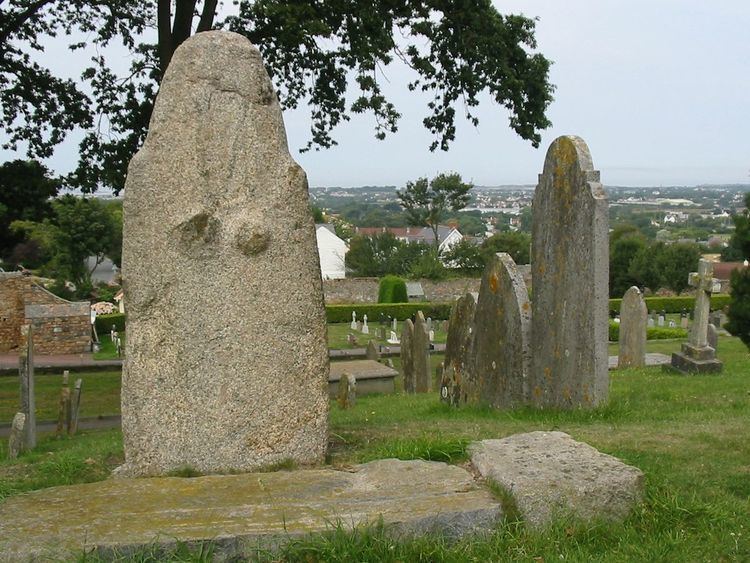 | ||
The 2nd millennium BC spans the years 2000 through 1000 BC. It marks the transition from the Middle to the Late Bronze Age.
Contents
- Middle Bronze Age
- Unrest of the 16th century
- Late Bronze Age
- Civilizations kingdoms and dynasties
- Events
- Languages
- Significant people
- Fiction
- Accuracy of dates
- References
Its first half is dominated by the Middle Kingdom of Egypt and Babylonia. The alphabet develops. Indo-Iranian migration onto the Iranian plateau and onto the Indian subcontinent propagates the use of the chariot. Chariot warfare and population movements lead to violent changes at the center of the millennium, a new order emerges with Greek dominance of the Aegean and the rise of the Hittite Empire. The end of the millennium sees the transition to the Iron Age. World population begins to rise steadily, reaching some 50 million towards 1000 BC.
Middle Bronze Age
Spending much of their energies in trying to recuperate from the chaotic situation that existed at the turn of the millennium, the most powerful civilizations of the time, Egypt and Mesopotamia, turned their attention to more modest goals. The Pharaohs of the Middle Kingdom of Egypt and their contemporary Kings of Babylon, of Amorite origin, brought good governance without much tyranny, and favoured elegant art and architecture. Farther east, the Indus Valley civilization was in a period of decline, possibly as a result of intense, ruinous flooding.
Egypt and Babylonia's military tactics were still based on foot soldiers transporting their equipment on donkeys. Combined with a weak economy and difficulty in maintaining order, this was a fragile situation that crumbled under the pressure of external forces they could not oppose.
Unrest of the 16th century
About a century before the middle of the millennium, bands of Indo-European invaders came from the Central Asian plains and swept through Western Asia and Northeast Africa. They were riding fast two-wheeled chariots powered by horses, a system of weaponry developed earlier in the context of plains warfare. This tool of war was unknown among the classical civilizations. Egypt and Babylonia's foot soldiers were unable to defend against the invaders: in 1630 BC, the Hyksos swept into the Nile Delta, and in 1595 BC, the Hittites swept into Mesopotamia.
Late Bronze Age
The peoples in place were quick to adapt to the new tactics, and a new international situation resulted from the change. Though during most of the second half of the 2nd millennium BC several regional powers competed relentlessly for hegemony, many developments occurred: there was new emphasis on grandiose architecture, new clothing fashions, vivid diplomatic correspondence on clay tablets, renewed economic exchanges, and the New Kingdom of Egypt played the role of the main superpower. Among the great states of the time, only Babylon refrained from taking part in battles, mainly due to its new position as the world's religious and intellectual capital.
The Bronze Age civilization at its final period of time, displayed all its characteristic social traits: low level of urbanization, small cities centered on temples or royal palaces, strict separation of classes between an illiterate mass of peasants and craftsmen, and a powerful military elite, knowledge of writing and education reserved to a tiny minority of scribes, and pronounced aristocratic life.
Near the end of the 2nd millennium BC, new waves of barbarians, this time riding on horseback, wholly destroyed the Bronze Age world, and were to be followed by waves of social changes that marked the beginning of different times. Also contributing to the changes were the Sea Peoples, ship-faring raiders of the Mediterranean.
Civilizations, kingdoms and dynasties
The civilizations, kingdoms and dynasties in this section are organized according to the United Nations geoscheme
Events
The events in this section are organized according to the United Nations geoscheme.
It is difficult to pinpoint the exact year or even the correct century for many events of the 2nd Millennium BC.
Languages
In the history of the Egyptian language, the early 2nd millennium saw a transition from Old Egyptian to Middle Egyptian. As the most used written form of the Ancient Egyptian language, it is frequently (incorrectly) referred to simply as "Hieroglyphics".
The earliest attested Indo-European language, the Hittite language, first appears in cuneiform in the 16th century BC (Anitta text), before disappearing from records in the 13th century BC. Hittite is the best known and the most studied language of the extinct Anatolian branch of Indo-European languages.
The first Northwest Semitic language, Ugaritic, is attested in the 14th century BC. The first fully phonemic script Proto-Canaanite developed from Egyptian hieroglyphs, becoming the Phoenician alphabet by 1200 BC. The Phoenician alphabet was spread throughout the mediterranean by Phoenician maritime traders and become one of the most widely used writing systems in the world, and the parent of virtually all alphabetic writing systems. The Phoenician language is also the first Canaanite language, the Northwest Semitic languages spoken by the ancient peoples of the Canaan region: the Israelites, Phoenicians, Amorites, Ammonites, Moabites and Edomites.
Mycenaean Greek, the most ancient attested form of the Greek language, was used on the Greek mainland, Crete and Cyprus in the Mycenaean period.
Significant people
The people in this section are organized according to the United Nations geoscheme
Fiction
Accuracy of dates
Please see the article on Chronology of the ancient Near East for more discussion regarding the accuracy and resolution of dates for events of the 2nd millennium BC in the Near East (Babylon, etc.).
